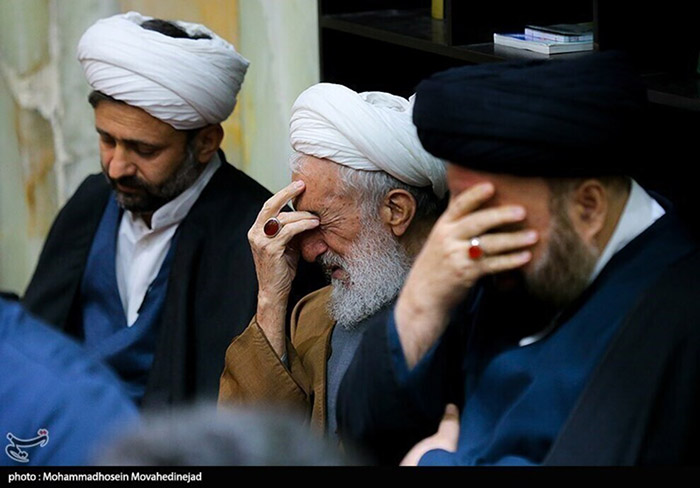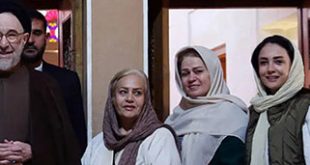Hossein Ali Nayiri is survived by his family, and he leaves behind a complex legacy—marked by unwavering service to the Islamic Republic and marred by profound human rights controversies. His life story encapsulates the contradictions of a judicial figure who wielded immense power during some of the most critical and repressive chapters of Iran’s post-revolution history.
As his body was laid to rest following the funeral rites at the Arak Mosque in Tehran, emotions ranged from reverence to resentment. For some, he was a steadfast defender of the revolution and Islamic law. For others, he symbolized the machinery of repression that cost thousands of lives. The final judgment on his legacy, like many historical figures, remains contested and will likely continue to be debated for years to come.
In the end, Hossein Ali Nayiri’s death marks the passing of a central figure in the judiciary of the Islamic Republic—one whose influence spanned over four decades and who, for better or worse, played a crucial role in shaping Iran’s judicial and political landscape.

